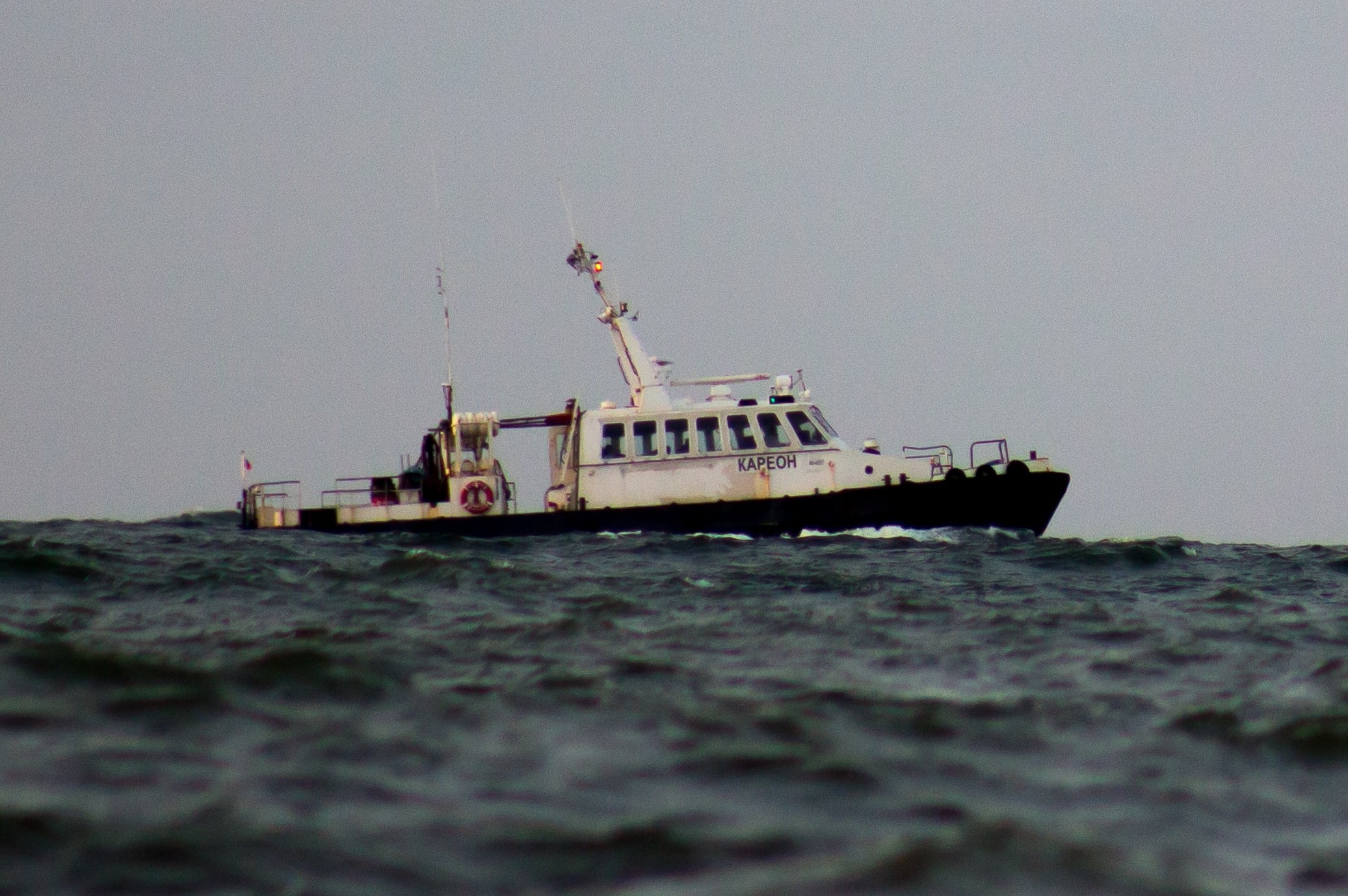Marking and Identifying Fishing Vessels
 It is estimated that IUU (Illegal, unreported and unregulated) fishing vessels harvest more than $23.5 billion worth of seafood from the world’s oceans each year. That translates roughly into 26 million tons of seafood and reveals that one in every five wild-caught fish is harvested unlawfully. Over 70 percent of the Earth’s surface is covered by water, and much of that space is unregulated. This makes it difficult for countries to enforce maritime laws, robs law-abiding fishermen of their livelihood, and threatens the delicate balance of sustainable fishing. This is a growing issue, but many countries are coming together to combat these fishing practices by adopting international vessel identification standards.
It is estimated that IUU (Illegal, unreported and unregulated) fishing vessels harvest more than $23.5 billion worth of seafood from the world’s oceans each year. That translates roughly into 26 million tons of seafood and reveals that one in every five wild-caught fish is harvested unlawfully. Over 70 percent of the Earth’s surface is covered by water, and much of that space is unregulated. This makes it difficult for countries to enforce maritime laws, robs law-abiding fishermen of their livelihood, and threatens the delicate balance of sustainable fishing. This is a growing issue, but many countries are coming together to combat these fishing practices by adopting international vessel identification standards.
Properly marking fishing vessels with consistent identification across all countries is an important step to keeping our oceans sustainable. Properly marked vessels allow for accurate identification, monitoring for compliance of applicable rules and regulations, authorized vessel registration, as well as promoting communication and safety at sea.
Fishing vessels should be marked such that they can easily be identified in accordance with international standards. When standardized vessel markings are used, a vessel can be properly identified all around the globe. Proper markings streamline and standardize the process of retrieving information and authorization of a given vessel. Appropriate fishing vessel identification that is linked to an international registry, is an appropriate step towards international management and conservation of our oceans.
The 1989 Food and Agriculture Organization of the United Nations (FAO) Standard Specifications for the Marking and Identification of Fishing Vessels is the most widely accepted global standard. The FAO Standard is applicable to any vessel engaged in fish harvesting operations, including fishing vessels, supply vessels, and fish carriers. These standards include:
• Vessel name – on the side of the hull, the superstructure and the stern of the vessel
• Port of registry – under the vessel name on the stern, and often on the side of the hull for vessels such as trawlers and purse seiners that use the stern for fishing operations
• IMO number – on the stern or on the hull or superstructure as well as internally • National registration number – on the hull of the vessel or the superstructure
• Fishing authorization numbers – on the side of the bridge
The International Maritime Organization (IMO) is the agency within the United Nations that is responsible for safety and security on the high seas. IMO assigns each vessel a seven-digit registration number that follows that vessel throughout its lifetime. Registration numbers can never be changed, are specific to one individual vessel, and stay assigned to the vessel through any owner or flag State changes, much like the VIN (Vehicle Information Number) of a U.S. automobile. Since its inception in 2013, many countries have made the use of these registration numbers mandatory for eligible fishing vessels.
Karmenu Vella, the European Union Commissioner for Maritime Affairs and Fisheries recently said, “Around the world ruthless operators are plundering fish stocks and emptying our oceans, and it is not only fish but people who are paying the price. Empty oceans equal empty stomachs and empty wallets.”
One of the world’s most infamous poaching vessels was the Norwegian built F/V Thunder. It raided the waters near the Antarctic for years before authorities caught up to it. Interpol estimated that the vessel collected more than $60 million in illegal profits over several years and owners. The vessel was specifically known for illegally harvesting and selling Patagonian toothfish. It was said to have operated under as many as eight different names including Arctic Ranger, Rubin, Typhoon I, and Kuko. The vessel also sailed under various flag States. The vessel was last registered in Nigeria, then de-listed one week before sinking.
By standardizing the international marking and identification regulations of vessels, we are one large step closer to keeping our ocean bounty sustainable for future generations.
 Maritime Injury Law Blog
Maritime Injury Law Blog

